Bamboo care and growing guide – expert tips for living screens, patio containers, and more
Bamboo is a beautiful garden addition, but there are some important factors to consider when planting it in your yard
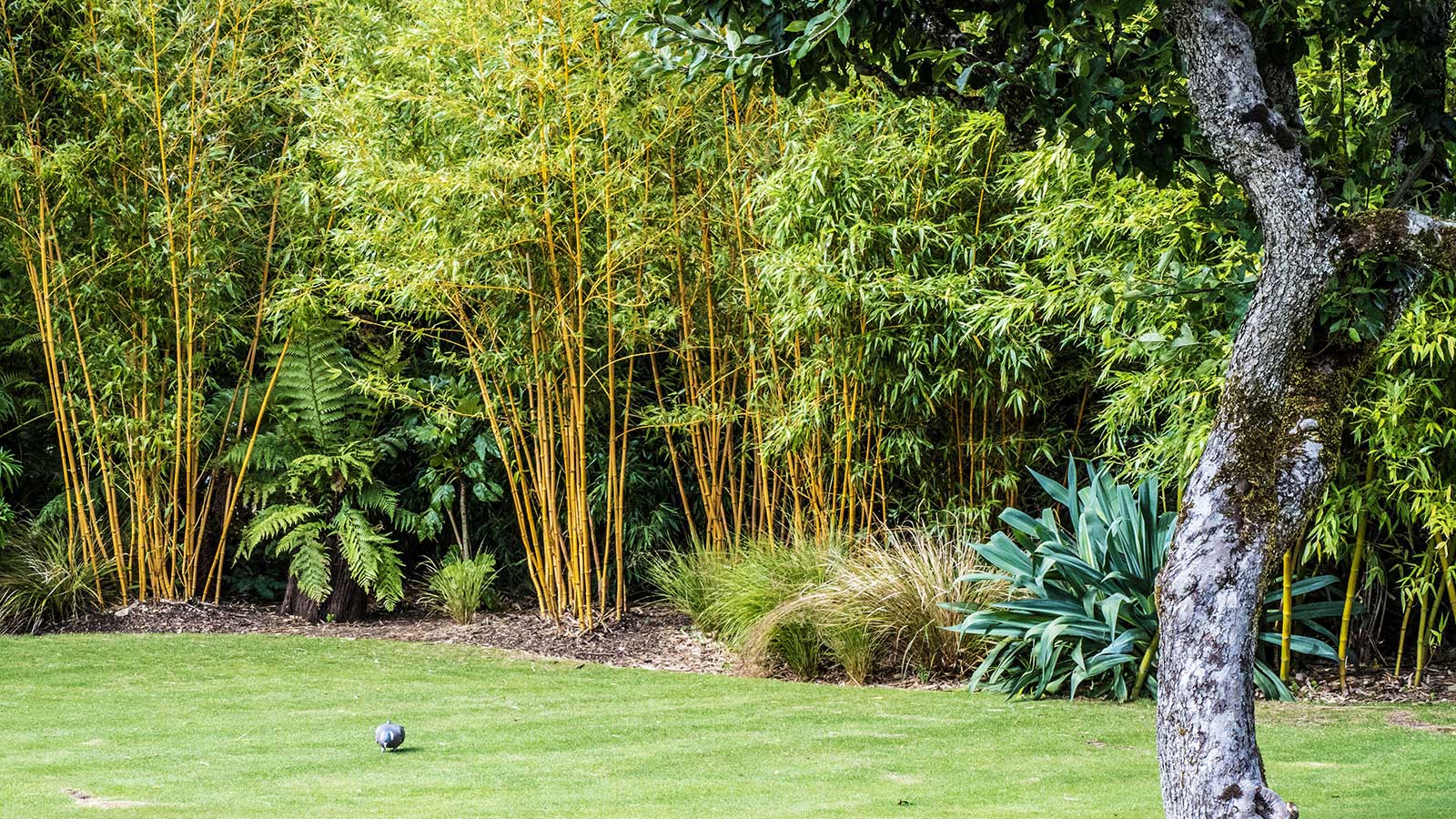

Bamboo is perfect for bringing a jungle-like vibe to a backyard with its lush foliage and vibrant canes that gently sway in the breeze. And, it's easy to grow – in fact, in some cases, a little too easy.
'Bamboo plants – especially those planted in wetter, milder regions – can take off with a vengeance and stray where not wanted,' says Anne Swithinbank, a gardening expert for Homes & Gardens. But don't let that deter you, as there are ways to stop bamboo from spreading: simply remember to check labels carefully before you buy ('clump-forming' varieties are usually less invasive than 'running' types), create barriers if necessary, consider planting them in large containers, and keep their size in check by removing unwanted new growth as soon as you spot it.
Kept under control, it's a valuable addition to the garden and great for boosting privacy levels as a living screen. This guide has everything you need to know to grow it successfully.
- Shop bamboo plants from Garden Goods Direct
- Shop bamboo plants from Fast Growing Trees
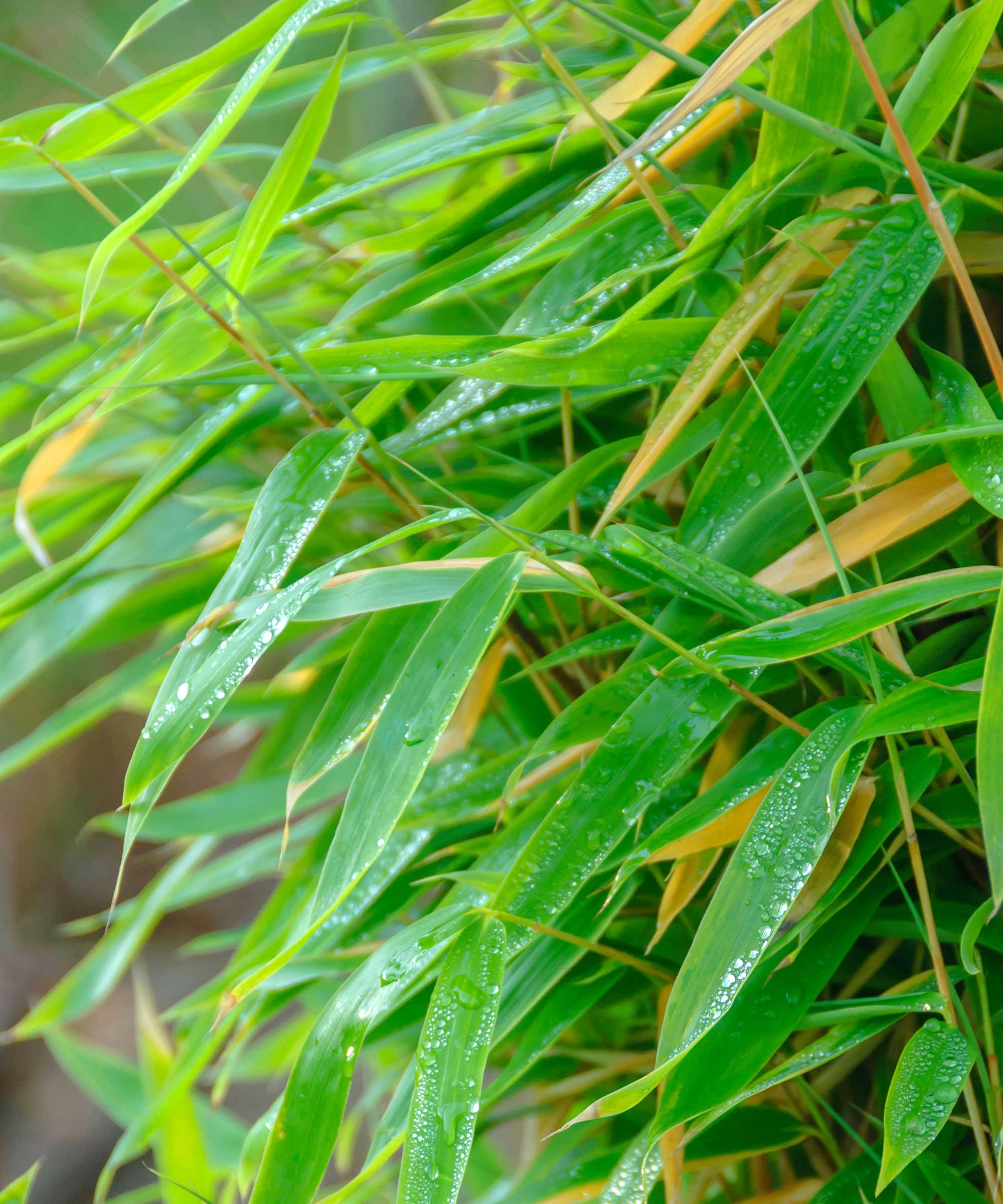
Bamboo has lush green foliage
Growing bamboo in containers
Smaller varieties of bamboo make excellent container plants for a sunny and sheltered patio or courtyard. Their upright structure is ideal for creating garden privacy and you won't need to worry about them taking over your yard.
John Negus, a gardening expert, suggests planting the handsome black-stemmed bamboo (Phyllostachys nigra), available at Fast Growing Trees. Ideally, start with a pot that's 8in in diameter and pot on progressively as the plant grows larger and its root system needs more room, he says.
Before planting, cover the drainage hole with 3in of crocks or stones, topping them with 4in of loam-based potting compost. 'Nestle the bamboo’s rootball into the compost and fill in with more of the same mix. Make sure that you plant the bamboo at the same depth at which it was previously growing,' John continues.
In terms of maintenance, bamboos in containers benefit from a general-purpose fertilizer during the growing season (spring to fall). They will need more watering than those grown in the ground, to ensure they don't dry out.

John has been a garden journalist for over 50 years and regularly answers readers' questions in Amateur Gardening magazine. He has also written four books and has delivered many talks over the years on horticulture.

Bamboo can be planted in large containers for a modern look
Growing bamboo in the ground
You can also plant bamboo in the ground, but as mentioned, do take some precautions as some are more invasive plants than others.
'The bamboo plants most regularly recommended for gardens are types of phyllostachys, like my favorite P. bambusoides "Castillonii",' says Anne. 'These are usually tall, majestic types with canes of olive green, black, or gold and green. They do produce rhizomes, but their spread is gradual and you can keep a close check on them and cut the creeping stems while young. Growth is more restrained in drier soils, and plants can be set inside vertical barriers or within root-barrier fabric.
'The best time to plant bamboo is during spring, choosing a position of sun or light shade, and moist but well-draining soil,' Anne continues. Apply a layer of mulch afterward. 'They can dry out quickly, so make sure roots are moistened before planting and water in well.'

Having trained at Kew Gardens in London and worked in parks department nurseries and as Glasshouse Supervisor at RHS Wisley, Anne has been a freelance horticulturist since 1986. Anne writes for Amateur Gardening magazine in the UK and has been a panelist on BBC Radio 4’s Gardeners’ Question Time for 27 years.
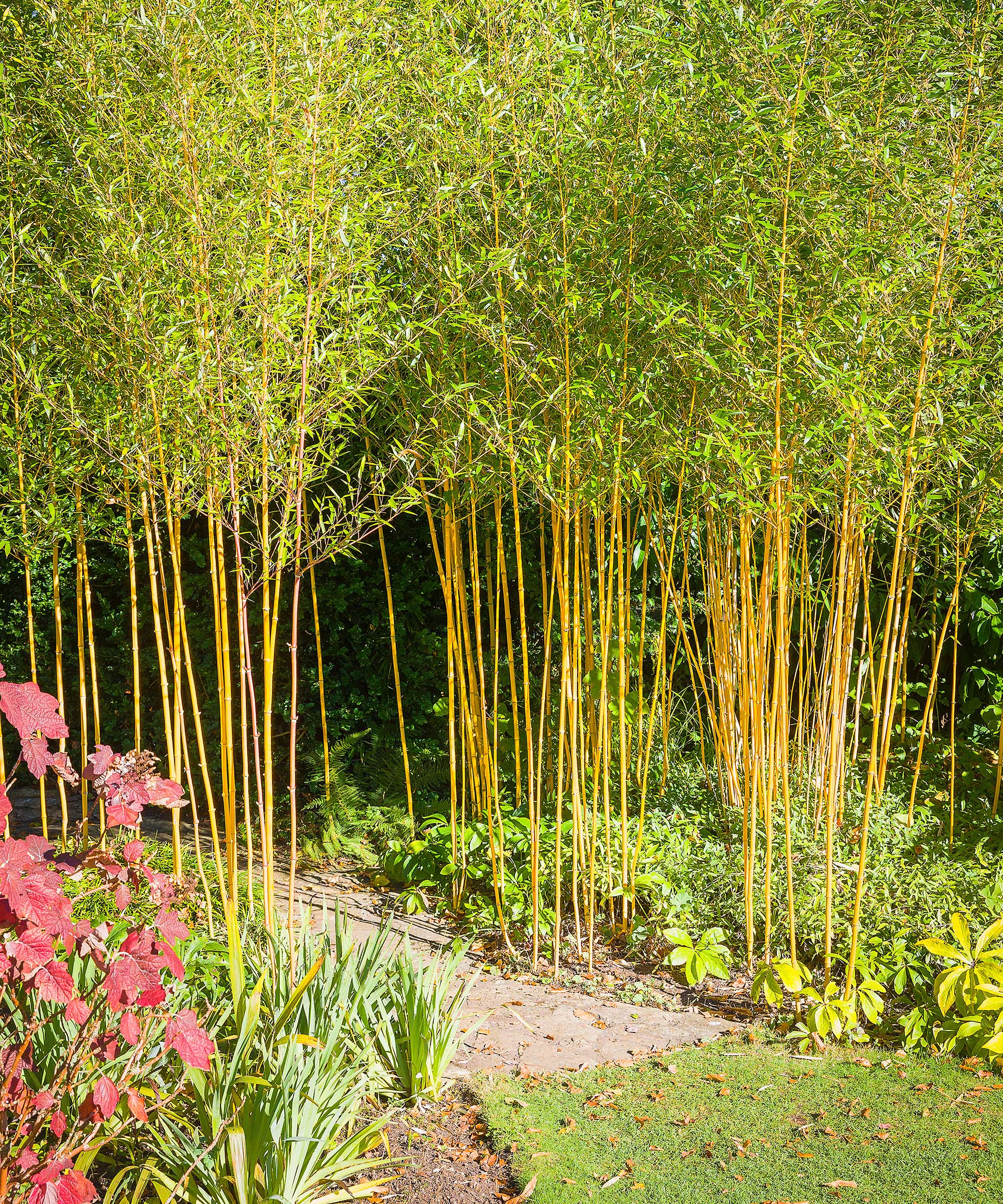
This yellow-stemmed bamboo elevates a pathway
Propagating bamboo
'Bamboo can’t be propagated from cuttings but you can increase it from suckers,' says John. 'Simply wait for shoots to appear around the clump, and then lift them with the roots attached.
'Cut back stems to within 6in of the base, and transplant suckers at the same depth at which they were previously growing. Ideally, add grit to the planting area to speed development of new roots and shoots.'
You can also grow bamboo from seeds, although packets of bamboo seeds are quite difficult to find. However, if you do find some and fancy giving it a go, sow them in trays, on the surface of compost mixed with perlite, and cover them with a clear lid until they have germinated. Keep them somewhere with good light and don't allow the temperature to drop below 50°F.
When they are several inches high, John advises setting them separately in 4in pots of loam-based compost suitable for young plants, adding, by volume, a quarter-part grit. Harden them off and, when they have filled their pots with roots, plant them outdoors in fertile soil.
'When, after two or three years, they have established, they will impress you with their height,' he says.
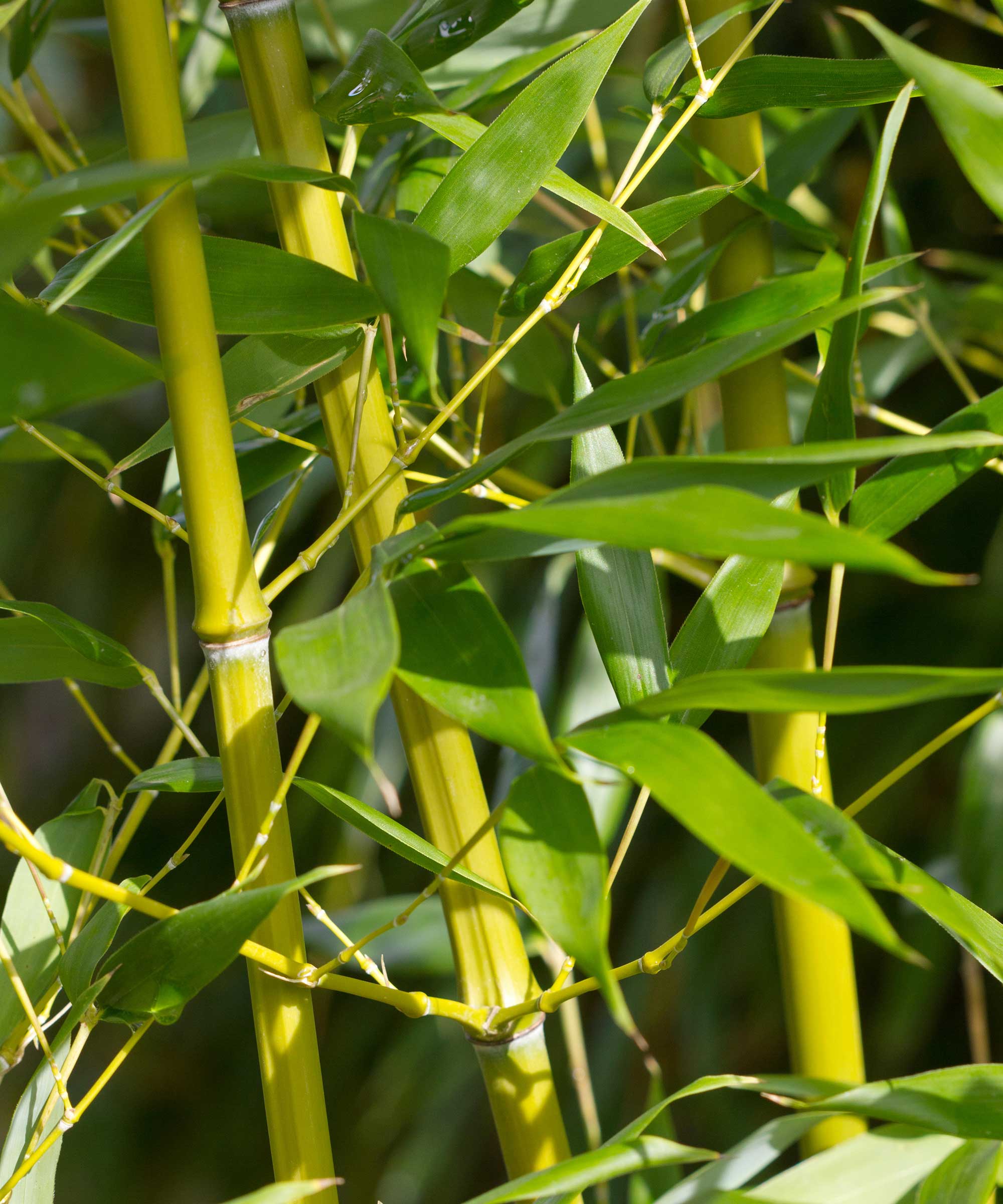
Bamboo plants can be divided
Pruning bamboo
You can remove weak, dead, or damaged canes in spring, says the Royal Horticultural Society, as well as thin out plants that are overly congested by cutting some of the stems down to the base. As well as this, you can cut back bamboo at the tops of canes to lessen their height and encourage more foliage to be produced.
Anne also explains how side shoots growing further down can also be removed to help show off the main stems.
FAQs
How do you divide bamboo plants?
Bamboo plants, whether planted in the ground or in pots, can become congested over time which can impact their growth. When this happens, you can divide the plants and replant the sections separately.
Gardening expert John Negus recommends splitting your bamboo clump in March or April when the soil is warming and night temperatures are conducive to growth. 'Before dividing the clump, shorten the section you wish to divide to within 9in from the soil,' he advises.
How do you harvest bamboo canes?
When tied together with jute, bamboo canes make excellent supports for climbing annuals such as sweet peas, peas, and beans. 'The best time to harvest bamboo canes for use as plant stakes is when they are at least two years old and have started to harden,' says John. He suggests dipping them into a wood preservative to a depth of 12in before use, to reduce the risk of them rotting in the soil.
Whether you're opting for a Japanese garden theme or using these structural plants in a modern backyard container display, bamboo is a dramatic and beautiful addition to all sorts of outdoor spaces. Just remember to opt for less vigorous varieties and take precautions to keep sizes in check to stop them from out-growing their space.
Sign up to the Homes & Gardens newsletter
Design expertise in your inbox – from inspiring decorating ideas and beautiful celebrity homes to practical gardening advice and shopping round-ups.

Holly started writing about gardening five years ago, and she is a regular contributor to Homes & Gardens. She has also written many gardening features for Woman & Home and Real Homes, too. She has previous experience as a professional gardener, where she helped to plant and maintain private gardens. Holly has also looked after allotment plots over the years and loves to grow her own flowers and veggies from seed. In her spare time, she enjoys visiting local gardens, botanical drawing, and tending to her ever-growing collection of houseplants.
-
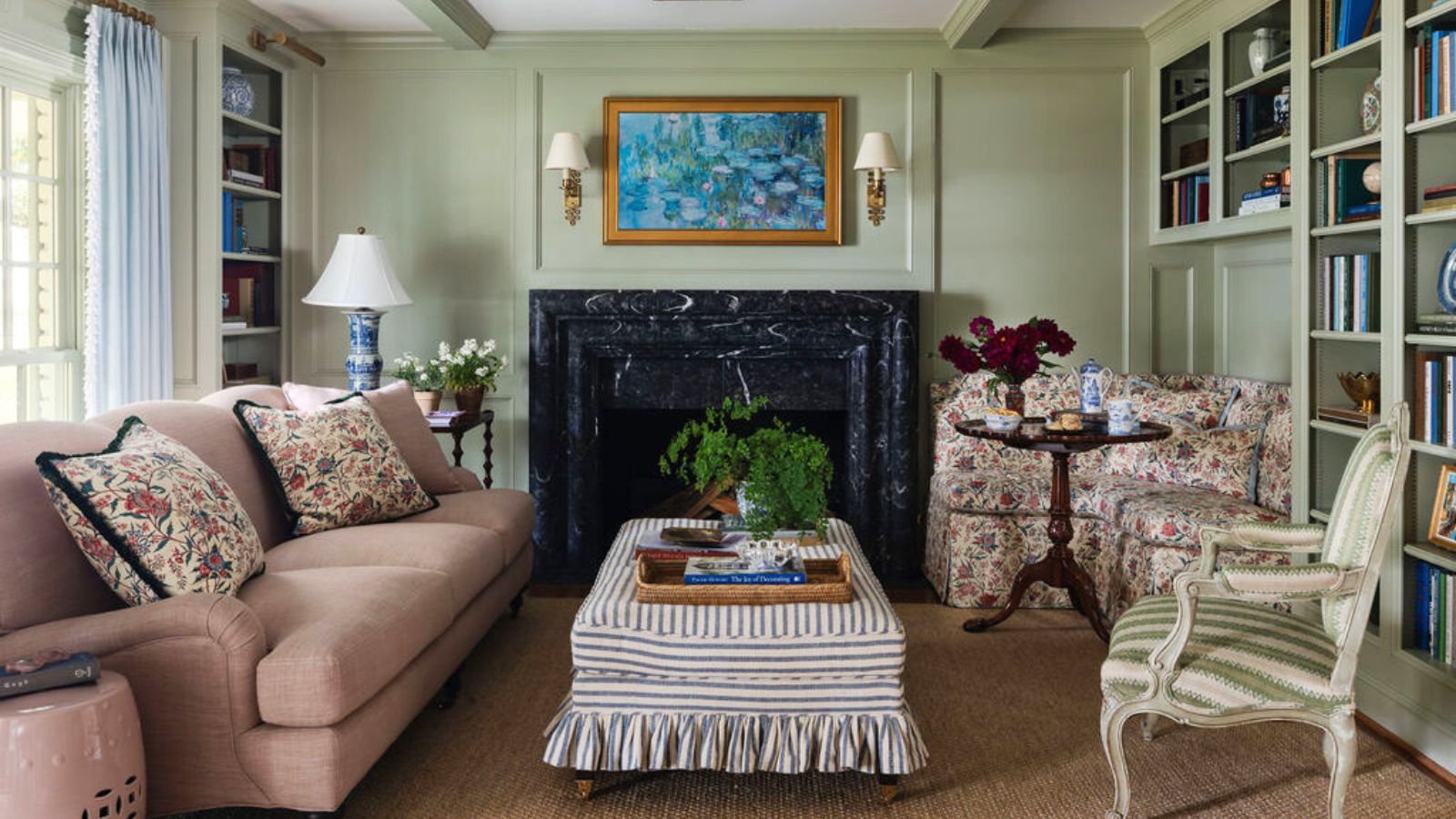 The 11 British interior design styles you are going to want to bring into your home – no matter which side of the pond you live on
The 11 British interior design styles you are going to want to bring into your home – no matter which side of the pond you live onInterior designers share their favorite British design trends and how to recreate them in your own home
By Pippa Blenkinsop Published
-
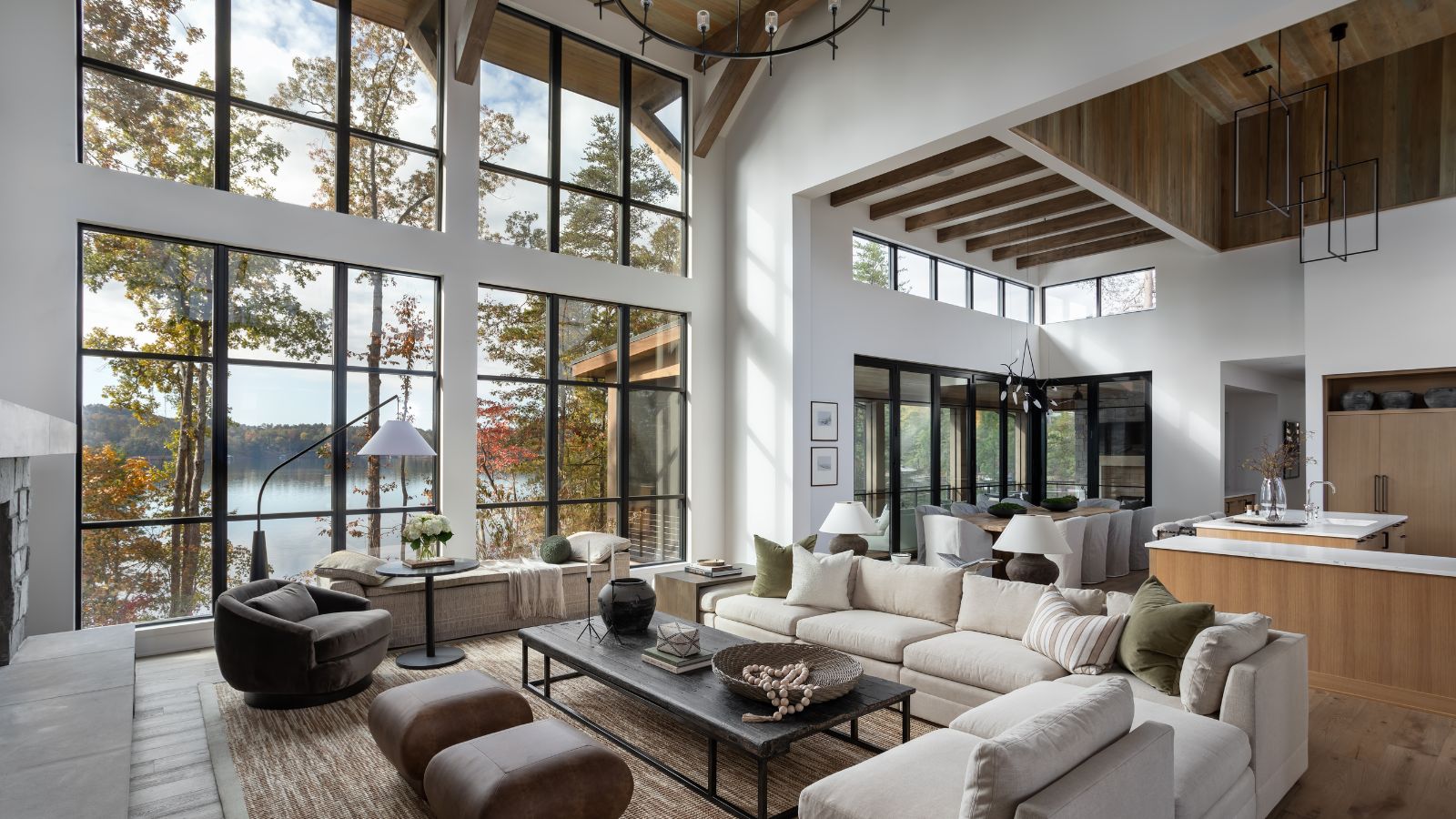 7 ways to decorate with wood – designers share the best ways to make the most out of this versatile material
7 ways to decorate with wood – designers share the best ways to make the most out of this versatile materialThis is how the design experts embrace the timeless natural beauty of decorating with wood
By Karen Darlow Published